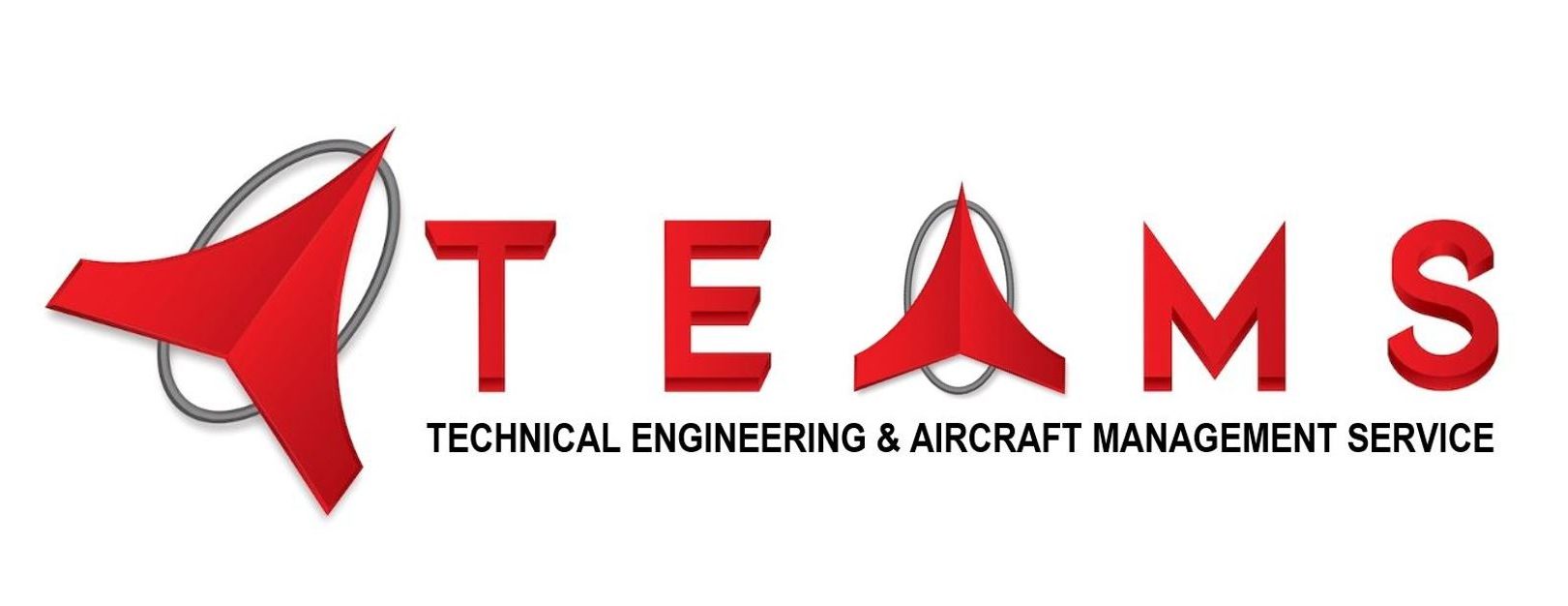WHY do you need a DENT & BUCKLE CHART?
The “Dent & Buckle Chart” should allow to know the presence and the location of external structural damages not involving flight safety to the flight or ground crew and, for this purpose, it should be enclosed and maintained in an Aircraft Technical Log Book on board retainer.

Regulation Requirements: The EASA in its latest publication on the Continuing Airworthiness framework (Regulation (EU) No 1321 / 2014) Annex I (Part M) under Subpart C – Technical Requirements describes the aircraft serviceability of the operational equipment shall be ensured by A) the rectification of any defects and damages affecting safety in accordance with data specified in point M.A. 304 and/or M.A. 401 and B) the accomplishment of repairs i.a.w. point M.A. 304. Whereas the M.A. 304 paragraph tells a person or organization repairing an aircraft should assess the damage against approved repair data and action the request of technical support from the type certification holder shall the damage be beyond the limits or outside the scope of such data.
Operational Use: Reading the above regulation requirements pulls the question how to translate such meaning into the day to day operational surrounding.
In short and strict: While performing the per-flight inspection (Same described under (Regulation (EU) No 1321 / 2014) Annex I (Part M) M.A. 301) it should be verified that there is no damage on the aircraft unspecified and all existing damages are assessed or repaired.
Practical approach for the flight crew: The flight crew should identify all visible new damages on the aircraft outer surface skin. Therefore the Dent & Buckle Chart with all existing visual damages shall be part of the Aircraft Technical Log System and shall be stored on the flight deck as part of the On Board Documentation in its latest revision.
Practical approach for the ground crew: For the Ground Crew the Dent & Buckle Chart shall provide all information on all the existing assessed- and repaired damages.
Data and Information: The Dent & Buckle Chart shall therefore contain two parts. For the Flight Crew (Part 1 – the Aircraft Scheme) a clear visualization of the existing unrepaired damages and for the Ground Crew (Part 2 – the Damage Detail Data) all detail description of the damage in location, diameters, limitations or rework specifics.
Definition: Visible damages: The visible damages are all damages you can see with your own eyes within a distance of 1m to 3m to the aircraft surface. And right, a Fan Blade Damage Mapping shall be part of a visible damage chart.
Talking about the Aircraft Value: The two Parts of the Dent & Buckle Chart shall be added with a supporting Damage File for each Tail sign. As an investor and its managing lessors would be crucial to see all the very details of damages supporting date (e.g. material used, approval used, assessment release to service, etc.) and have the assurance its asset will not face any devalue.
INNOVATIONS going digital:
- Flying Drones picturing the aircraft and using the downtime in surveillance the surface. The digital data are transferred to the ground crew for further evaluation and decisions of action to be taken.
- Using Applications on Tablets to review and manage existing surface damages or existing repairs should be an easy solution for the ground crew. Connecting ground floor activities with the back office management by using the same digital data for the Maintenance Software System.
For remarks and more information on the above, fleet engineering support or training, process mapping or new technology implementing, please contact us on info@teams.ae.
